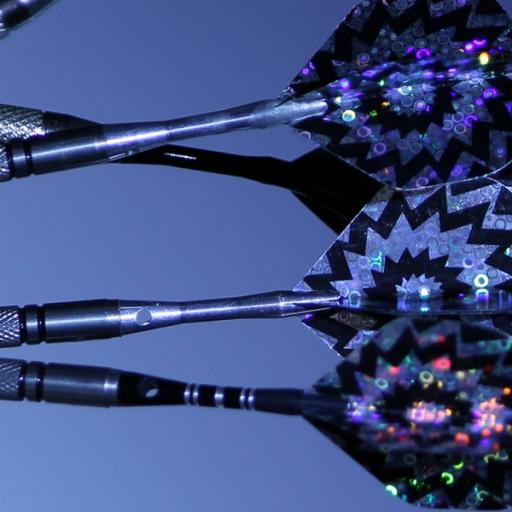Patents, or literae patentae (open grants) as originally known, are public documents that disclose the particulars of an innovation. In terms of a territorial metaphor, one can think of patents as property deeds that demarcate a technological territory. Such demarcation allows for frictionless tech-transfer because licensor and licensee have at hand a chart of the technology. When too many patents accumulate, as is the present case of affairs, the technology’s borders can become foggy because numerous neighbouring patentees may own overlapping technologies. So what was once a technology with a clearly attached value to it becomes an uncertain asset, in which case tech-transfer is plagued by higher transaction costs as only courts can demarcate the innovation’s borders. Effectively what was assumed as an open grant can become a quasi literac clausae (close grant) until such demarcation takes place.
How to avoid such conversion has stirred up a policy debate on how to evade patent overpopulation; see Correa (2014). Since policy makers must have an appreciation of the usefulness of patents as R&D incentives before contemplating policy exercises, and considering that the only evidence comes from surveys, we revisit the issue. Survey data are limited to the extent that agents are revealing their true priors and only their actions can act as revelation mechanisms. In this paper we use a quasi-natural experiment that reveals their priors at the point of filing a patent.
The quasi-natural experiment we use involves the introduction of the Trade Related Aspects of Intellectual Property Rights (TRIPS) agreement in the US. Before TRIPS the USPTO granted patents for 17 years from the grant date of the patent. By implementing TRIPS the USPTO changed its practice, granting patents with a patent length equal to 20 years since the original patent filing date. In order to facilitate this change, the USPTO (unexpectedly) allowed applicants who filed prior to June 8th 1995 a patent length that was equal to the maximum of the two regimes. Since on average a patent spends at least three years in prosecution at the USPTO, applicants that filed before the deadline were given a possible small extension of patent length.
If a patent embodies an industrial application (as patents are obliged to by law – in the US the patentability requirement is for utility), and its per-period value can be mundanely calculated, then any opportunity of extending one’s monopoly tenure must be seized. If the patent is filed for reasons unrelated to the certitude of the embodied technology, its uses must be harder to blueprint prior to being issued, and its value uncertain. Assuming otherwise can only imply that the golden stamp of the patent document can attach an a priori certified value to a set of irrelevant technical claims; a free lunch no doubt.1 Thus, in the latter case, the present value of a possible tenure extension (of a few weeks/months) must be harder to pinpoint in advance.
An innovator who is constrained in terms of her patent filing volume (and must prioritise her patenting) should be inclined to file the patents considered as more valuable first. Having to choose between a patent whose value is hard to pinpoint in advance and one of known technical quality, she should rationally opt for the latter. Ergo, the introduction of TRIPS, by inadvertently offering a possible extension of patent term created a metric of patent self-valuation. The metric is simple: patents encompassing valuable technologies must be given priority and filed before the deadline.
In view of this metric, we acquire information for all utility patents that were filed around June 8th 1995 for the following technology fields: Chemicals, Computers & Communications, Drugs & Medical, Electrical & Electronics, and Mechanicals. Our data is both at the industry level and the firm level, and it includes continuing applications that were filed prior to the deadline; these are applications that were originally filed prior to the unexpected regime change. The data indicates that Drugs & Medical patents, and Chemical patents, were significantly more likely to be filed before the deadline than patents in any other field. This result, which does not change at the firm level and when accounting for continuations, accords with survey evidence that finds patents as being more valuable (as incentives to innovate) to the pharmaceutical and chemical industry; see Cohen, Nelson and Walsh (2000).







